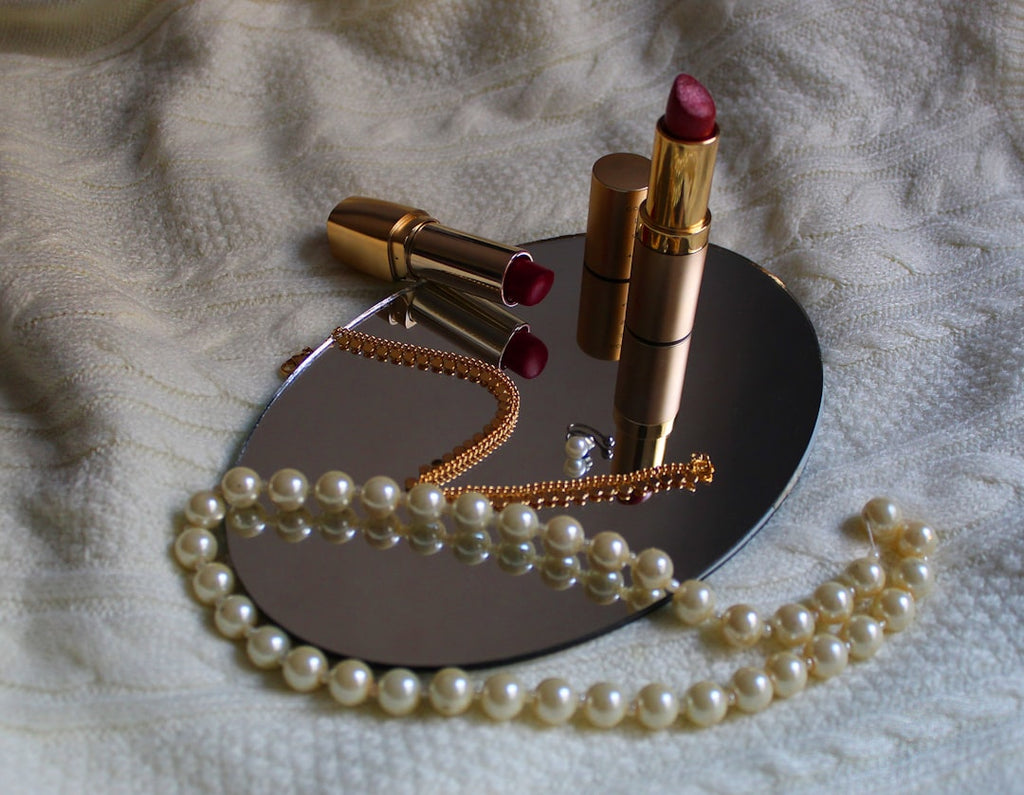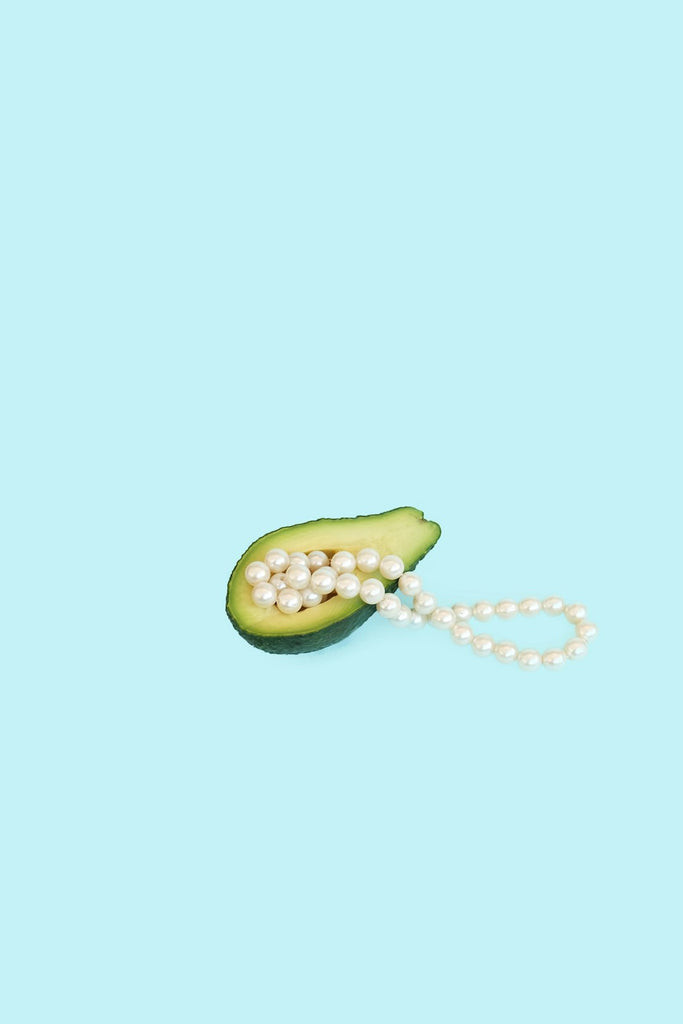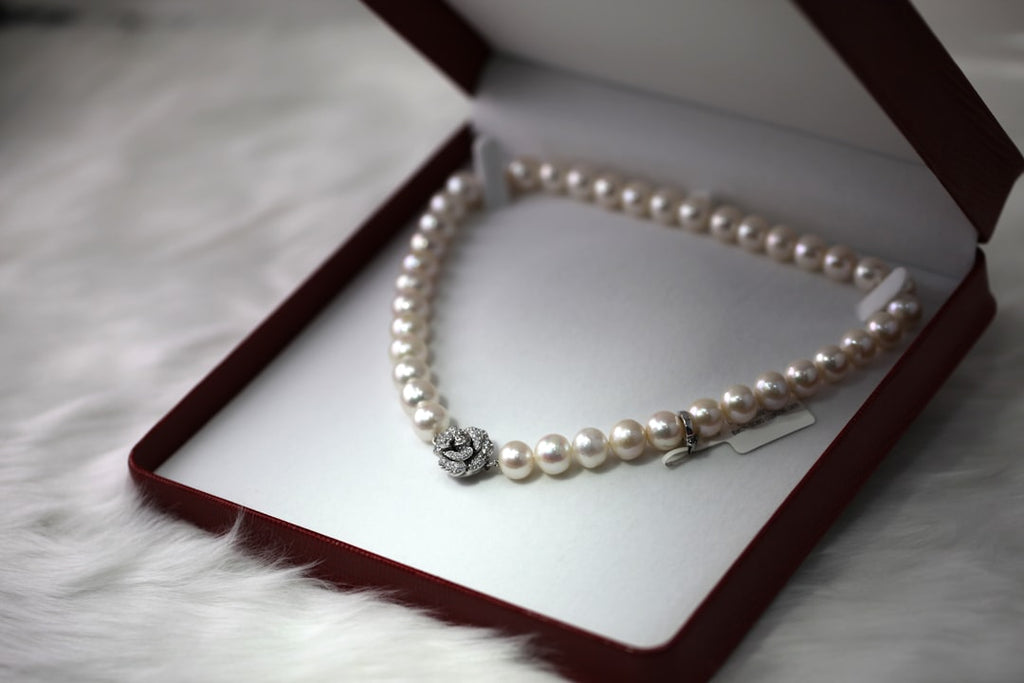When it comes to the glitz and glamour of the red carpet, celebrities are known for their impeccable style and accessories that complement their outfits. One accessory that has been making waves among A-listers is none other than the exquisite Tahitian pearls. These stunning pearls from French Polynesia have been a favorite choice for many celebrities looking to add a touch of elegance and sophistication to their red carpet looks.
The South Sea Pearl Blog
-
June 19, 2024
-
June 18, 2024
Discover the Elegance: Exploring the Various Colors of Tahitian Pearls and Their Beauty
Tahitian pearls, also known as Tahiti black pearls, are an exquisite type of pearl that originates from the exotic waters of French Polynesia, particularly Tahiti. These alluring gems have captured the hearts of jewelry enthusiasts worldwide with their unique colors, sizes, and shapes. Let's delve into the enchanting world of Tahitian pearls and discover the mesmerizing beauty they possess.
-
June 17, 2024
Stunning Tahitian Pearl Jewelry Gift Ideas for Special Occasions
Are you searching for a unique and luxurious gift for a special occasion? Look no further than Tahitian pearl jewelry! The allure of Tahitian pearls, originating from the pristine waters of French Polynesia, is unparalleled. Known for their deep luster and exotic hues, Tahitian pearls make for unforgettable gifts that capture the beauty and mystery of the ocean. Whether it's a birthday, anniversary, or any other special event, Tahitian pearl jewelry is a timeless choice that will leave a lasting impression.
-
June 16, 2024
The Symbolism and Meaning Behind Tahitian Pearls
Welcome to an exploration of the timeless allure and exquisite beauty of Tahitian pearls. Originating from the azure waters of French Polynesia, Tahitian pearls are renowned for their luxurious sheen and captivating allure. In this article, we delve into the fascinating symbolism and significance that these lustrous gems hold, shedding light on the mystique that surrounds Tahitian pearls.




